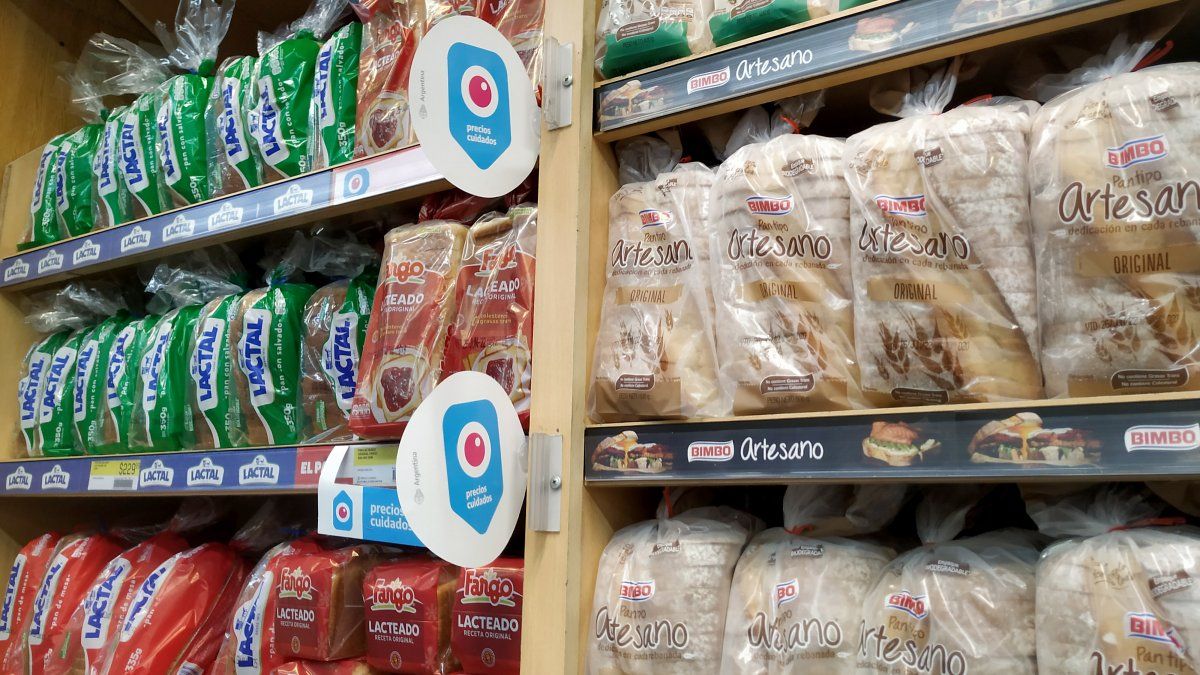One of the objectives of the meetings, according to the new secretary, will be “recover prices as a unit of useful information when deciding”since “today Argentina is going through a moment where prices are no longer a daily reference”.
“When we took office, what we did, from the initial kick that (the Minister of Economy) Sergio (Massa) gave to management, is to mark a clear roadmap, establish a diagnosis, a set of objectives and from there a road to travel, a plan, a program,” he said after taking office.
From it, will seek to value Care Prices, pretending that “it works much better within 45 to 60 days” from its relaunch.
“What we have to try is to find agreements that are stable over time, at least a quarter”Tombolini pointed out, warning that “Where there is an abuse, we will try to detect it and work accordingly.”
In this sense, the secretary reiterated that the program will seek to return to the fundamentals that its predecessor, Augusto Costa, gave it between 2014 and 2015, with “the idea that prices work as reference prices and not as a freeze.”
The former director of Banco Nación and Arsat valued the tools that his portfolio will now have after the decision of the Minister of Economy, Sergio Massa, to add foreign trade functions to Internal Trade that, previously, corresponded to the Secretariat of Industry.
This will allow the new Ministry of Commerce to have centralized control of the Comprehensive Import Monitoring System (SIMI).
“The Secretariat, by incorporating functions related to foreign trade, recovers a tool that it had above all in the Government of Cristina (Fernández de Kirchner) that Sergio (Massa) intends to resume,” he specified.
On the other hand, Tombolini said that we must “try to slow down this dynamic that in July and also in August is hot in terms of prices, it seems to me that it is the first point, and recover this idea of the referentiality of prices”he explained.
“It does not mean -he added- that prices go backwards but that they increase more slowly, and that is achieved with a set of tools that Sergio (Massa) proposed, which have to do with the fiscal front, with the accumulation of reserves and with an orderly program that in turn has different measures for compliance with the axes,” he said.
The Care Price basket was renewed on July 7 and includes products from the warehouse, cleaning, perfumery, personal care and hygiene categories; articles for babies, fresh products (cold cuts, fresh pasta, empanadas and tarts), frozen and beverages; along with a basket of fruits and vegetables.
Meanwhile, at the end of July, The Government reached an agreement with dairy-producing companies and supermarkets for the incorporation of 120 products of this category to the Care Prices program.
In addition, the companies and the main chains promised to triple the volume of fresh milk and guarantee supply.
In this way, the total amount included in the basket amounts to around 1,070 products.
For this stage, which runs until October 7, an average quarterly increase guideline of 9.3% was agreed with the different chambers, which will be divided as follows: 3.3% in July; 3.2% in August and 2.5% in September in the case of warehouse products.
As for dairy products, it will be 4.9% in July; 3.3% in August and 2.8% in September, with which the average total will be 9.1% for the quarter.
Source: Ambito
David William is a talented author who has made a name for himself in the world of writing. He is a professional author who writes on a wide range of topics, from general interest to opinion news. David is currently working as a writer at 24 hours worlds where he brings his unique perspective and in-depth research to his articles, making them both informative and engaging.




